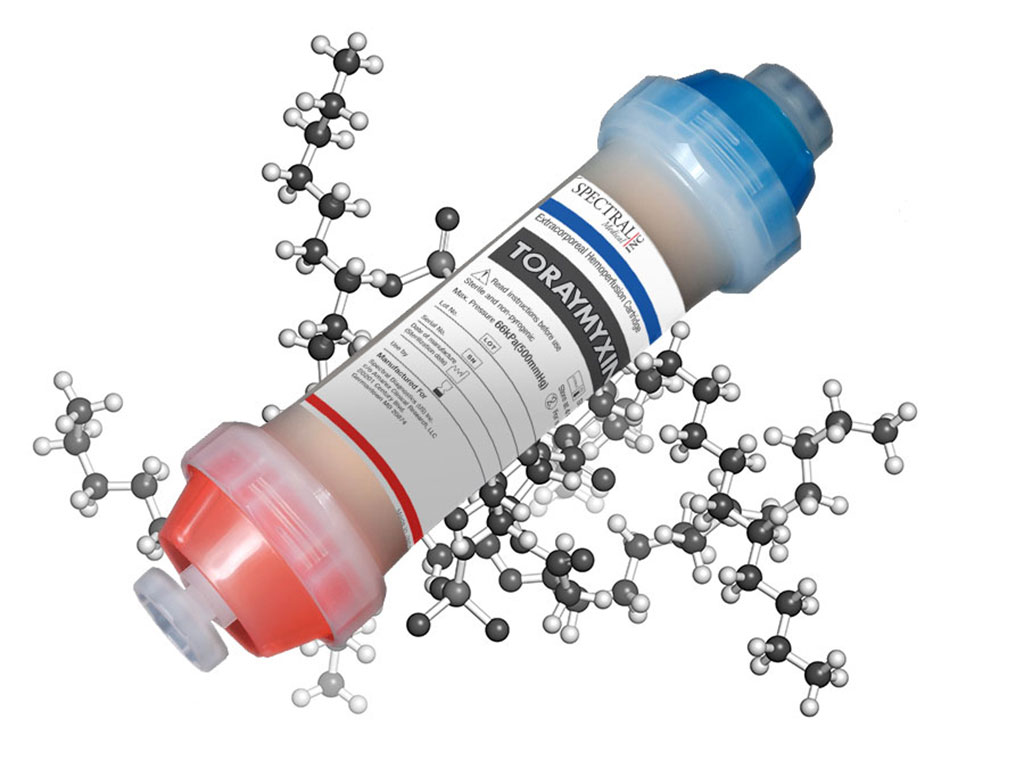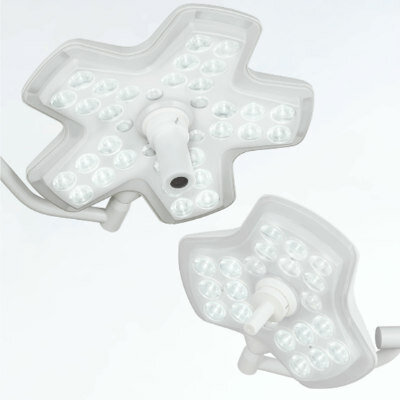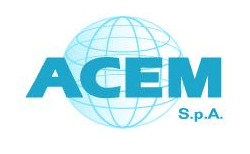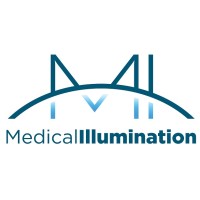Breakthrough Device Combined With Rapid Diagnostic Test Could Represent Future of Sepsis Care
|
By HospiMedica International staff writers Posted on 12 Jul 2022 |

Sepsis is a life threatening condition caused by the body’s response to bacterial products such as endotoxin. Sepsis is a challenging disease affecting millions worldwide, and if not recognized early and treated promptly, sepsis can lead to multiple organ failure, shock and death. Endotoxin, also referred to as Lipopolysaccharide (LPS), a component of the cell wall of Gram negative bacteria, is one of the main triggers of the pathogenesis of septic shock and multiple organ failure. Among the various strategies studied to eliminate endotoxin, Polymyxin-B hemoperfusion has been the most effective in blocking the toxic effects of endotoxin by virtue of its electrochemical affinity with Lipid A (common to all species of endotoxin). Now, a therapeutic hemoperfusion device guided by the only FDA-cleared diagnostic assay for the risk of developing sepsis removes endotoxin from the bloodstream.
Spectral Medical Inc.’s (Toronto, Canada) Toraymyxin (PMX) device removes endotoxin from the blood using the electrochemical properties of Polymyxin-B, while avoiding known side effects of its systemic administration. The PMX cartridge contains polystyrene composite woven fibre with Polymyxin-B immobilized on the surface through covalent bonding. The blood flows radially and uniformly through the fibers at a rate of 80-120 mL/min before exiting the cartridge. PMX selectively adsorbs circulating endotoxin, thereby helping to rebalance the innate immune system. Removal of endotoxin leads to a decrease in inflammatory mediator levels, as well as an improvement in vascular function and hemodynamics. The US Food & Drug Administration (FDA) has granted Breakthrough Device designation for the company’s PMX device.
Additionally, scientists at Spectral have incorporated the body’s natural mechanisms of endotoxin detection and adapted them into a system that provides an accurate endotoxin measurement within 30 minutes. The Endotoxin Activity Assay (EAA) test is a chemiluminescent bio-assay based on the oxidative burst reaction of activated neutrophils to complement coated LPS-IgM immune complexes. The IgM antibody, a key reagent, is specific for the Lipid A portion of endotoxin (LPS). In the presence of LPS, the ensuing oxidative burst results in light emission in the presence of luminol. Each EAA test relies on three reactions: the first reaction is a negative control which allows each patient to be their own control, the second is the test sample and the third is a maximum chemiluminescence calibrator with a high level of exogenous endotoxin. EAA is the only Health Canada licensed, FDA cleared, and CE marked rapid diagnostic for endotoxin activity in human whole blood.
“We are entering an era of personalized medicine for critical illnesses,” said Dr. John Kellum, Chief Medical Officer of Spectral. “By breaking up sepsis into subsets that have specific molecular pathogenesis, we believe our strategy targeting endotoxemic septic shock, characterized by high levels of endotoxin in the bloodstream, is far more likely to succeed, where other non-specific therapies have failed time and again. Our goal is to show a large difference in mortality when an anti-endotoxin therapy is applied to carefully selected patients with high endotoxin activity in their bloodstream. Moreover, we have a diagnostic test already in clinical use to identify these patients. We believe this combination of an advanced diagnostic with a specific therapy represents the future of sepsis care.”
Related Links:
Spectral Medical Inc.
Latest Critical Care News
- 'Universal' Kidney to Match Any Blood Type
- Light-Based Technology to Measure Brain Blood Flow Could Diagnose Stroke and TBI
- AI Heart Attack Risk Assessment Tool Outperforms Existing Methods
- Smartphone Imaging System Enables Early Oral Cancer Detection
- Swallowable Pill-Sized Bioprinter Treats GI Tract Injuries

- Personalized Brain “Pacemakers” Could Help Patients with Hard-To-Treat Epilepsy
- Microscopic DNA Flower Robots to Enable Precision Medicine Delivery
- Origami Robots to Deliver Medicine Less Invasively and More Effectively
- Improved Cough-Detection Technology Aids Health Monitoring
- AI Identifies Children in ER Likely to Develop Sepsis Within 48 Hours
- New Radiofrequency Therapy Slows Glioblastoma Growth
- Battery-Free Wireless Multi-Sensing Platform Revolutionizes Pressure Injury Detection
- Multimodal AI to Revolutionize Cardiovascular Disease Diagnosis and Treatment
- AI System Reveals Hidden Diagnostic Patterns in Electronic Health Records
- Highly Sensitive On-Skin Sensing Monitor Detects Vitamin B6 and Glucose in Sweat
- Artificial Intelligence Revolutionizing Pediatric Anesthesia Management
Channels
Surgical Techniques
view channel
Minimally Invasive Endoscopic Surgery Improves Severe Stroke Outcomes
Intracerebral hemorrhage, a type of stroke caused by bleeding deep within the brain, remains one of the most challenging neurological emergencies to treat. Accounting for about 15% of all strokes, it carries... Read more
Novel Glue Prevents Complications After Breast Cancer Surgery
Seroma and prolonged lymphorrhea are among the most common complications following axillary lymphadenectomy in breast cancer patients. These postoperative issues can delay recovery and postpone the start... Read morePatient Care
view channel
Revolutionary Automatic IV-Line Flushing Device to Enhance Infusion Care
More than 80% of in-hospital patients receive intravenous (IV) therapy. Every dose of IV medicine delivered in a small volume (<250 mL) infusion bag should be followed by subsequent flushing to ensure... Read more
VR Training Tool Combats Contamination of Portable Medical Equipment
Healthcare-associated infections (HAIs) impact one in every 31 patients, cause nearly 100,000 deaths each year, and cost USD 28.4 billion in direct medical expenses. Notably, up to 75% of these infections... Read more
Portable Biosensor Platform to Reduce Hospital-Acquired Infections
Approximately 4 million patients in the European Union acquire healthcare-associated infections (HAIs) or nosocomial infections each year, with around 37,000 deaths directly resulting from these infections,... Read moreFirst-Of-Its-Kind Portable Germicidal Light Technology Disinfects High-Touch Clinical Surfaces in Seconds
Reducing healthcare-acquired infections (HAIs) remains a pressing issue within global healthcare systems. In the United States alone, 1.7 million patients contract HAIs annually, leading to approximately... Read moreHealth IT
view channel
Printable Molecule-Selective Nanoparticles Enable Mass Production of Wearable Biosensors
The future of medicine is likely to focus on the personalization of healthcare—understanding exactly what an individual requires and delivering the appropriate combination of nutrients, metabolites, and... Read moreBusiness
view channel
Philips and Masimo Partner to Advance Patient Monitoring Measurement Technologies
Royal Philips (Amsterdam, Netherlands) and Masimo (Irvine, California, USA) have renewed their multi-year strategic collaboration, combining Philips’ expertise in patient monitoring with Masimo’s noninvasive... Read more
B. Braun Acquires Digital Microsurgery Company True Digital Surgery
The high-end microsurgery market in neurosurgery, spine, and ENT is undergoing a significant transformation. Traditional analog microscopes are giving way to digital exoscopes, which provide improved visualization,... Read more
CMEF 2025 to Promote Holistic and High-Quality Development of Medical and Health Industry
The 92nd China International Medical Equipment Fair (CMEF 2025) Autumn Exhibition is scheduled to be held from September 26 to 29 at the China Import and Export Fair Complex (Canton Fair Complex) in Guangzhou.... Read more














